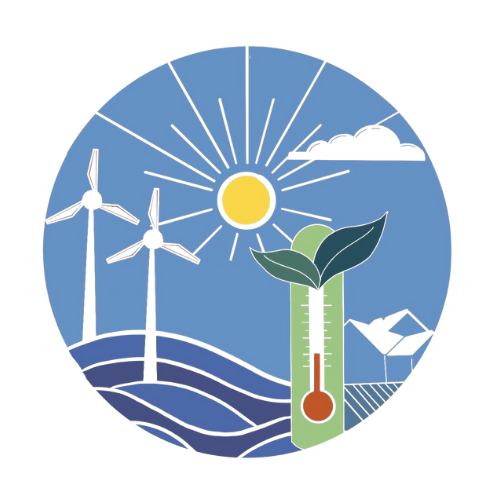
Scenario Planning
What is Scenario Planning?
We recognize that planning for the future requires accounting for uncertainties. Exploratory scenario planning is a process that helps planners, policymakers, stakeholders, and community members account for uncertainty across various futures. Scenarios are descriptive and narrative structures that illustrate future unknowns. Using a scenario planning approach allowed us to test the strength of policies in a form easily accessible to a general audience.
Scenario planning begins by observing trends and uncertainties and brainstorming drivers that may impact future developments within a town or region. Drivers, or external forces, are things that local policymakers cannot fully control but heavily affect future developments in a locality. These can include forces like climate change, public opinion, external funding, or demographic shifts. Drivers are then illustrated into outcomes and combined in various ways, forming scenario narratives. Each scenario should be unique, capturing the full extent of future uncertainties.
Further analysis from this point helps test strategies against scenarios, allowing policymakers, stakeholders, and the public to choose decisions that best reflect desired outcomes across futures. It is important to note that the role of scenario planning is not to predict the future. Instead, each scenario's uniqueness captures various uncertainties, allowing policymakers to choose strategies that can work regardless of the future. Therefore, every aspect of each scenario may not happen. Instead, a sound XSP process should lead to an outcome in which elements of different circumstances reflect the actual future.
Our process involved observing current trends and uncertainties to identify six external drivers affecting our region. These drivers include:
Legislation +
Funding
Climate
Change
Demographic
Changes
Technological
Shifts
Public
Opinion
Economic Changes
By combining these six different drivers, we constructed three distinct scenarios for the future of New Haven County.
Our Approach
The exploratory scenario planning process began with deep dives into the regional context of New Haven County. While this process has continued through the end of this studio session, preliminary investigations into existing climate actions, the political environment, and demography at the regional and state levels helped ground the scenario planning process in current trends. Moreover, the best practices analysis of potential mitigation strategies highlighted the importance of specific clusters of solutions, such as efficiency upgrades or EV deployment, that could be successful given future uncertainties. At this point, current literature on scenario planning, including Avin (2007), Goodspeed (2019), Finn and Miller (2022), and Carpenter et al. (2015), was also reviewed in preparation for the next phase of the planning process.
The next phase of the process focused on developing drivers and outcomes. Brainstorming sessions of potential external driving factors and their varying degrees of impact and certainty occurred to establish a list of six main drivers impacting the region's ability to carry out climate mitigation strategies. Outcomes for each driver were derived from further discussion amongst the team and with the client. Focusing on each driver's impact on the region's political, economic, social, and ecological future, we derived outcomes of specific mitigation measures. The intensity and direction of each driver also originated from these discussions as preliminary narratives began to take form.
With the narrative basis for each scenario set, scorecards were developed to test strategies against each scenario. To ground this process, chosen indicators were ranked across scenarios, allowing for a more in-depth analysis of each strategy's success given each potential future. Finally, priority strategies were tested against each scenario, with only those performing well across all three being considered robust.
Next, the drivers and outcomes were turned into narratives. Carpenter et al.'s Yahara 2075 (2015) served as a framework for this process, aiding in developing distinct scenario narratives. As scenario planning is meant to be an interactive process, it became apparent that these scenario narratives had to be test run in a public engagement setting. Through this, specific values based on scenarios and typology became apparent, such as the difference in actions a community may take depending on political situations at the national and state level.
Our Scenarios
-

A Fossil Free Future
Legislation and funding for offshore wind energy strengthens green job market, driving momentum in technology development and lowering renewable energy prices closer to market rate. However, transportation and consumption habits remain the same, fueling inequities.
Photo: Environment America
-

Coping with Gridlock
Legislative gridlock at state and federal levels fails to provide important funding and directives for mitigation strategies. In turn, inequities between wealthy and non wealthy municipalities are made worse as towns compete for limited funding and the attention of private investors.
Photo: NATO
-

The Watershed Moment
Significant rise in global temperature heavily affects the region. These impacts include destructive sea level rise, increased high heat and extreme weather events, and inland flooding due to increased precipitation. This state of climate emergency becomes the new normal for the people of New Haven County.
Photo: CTPost

